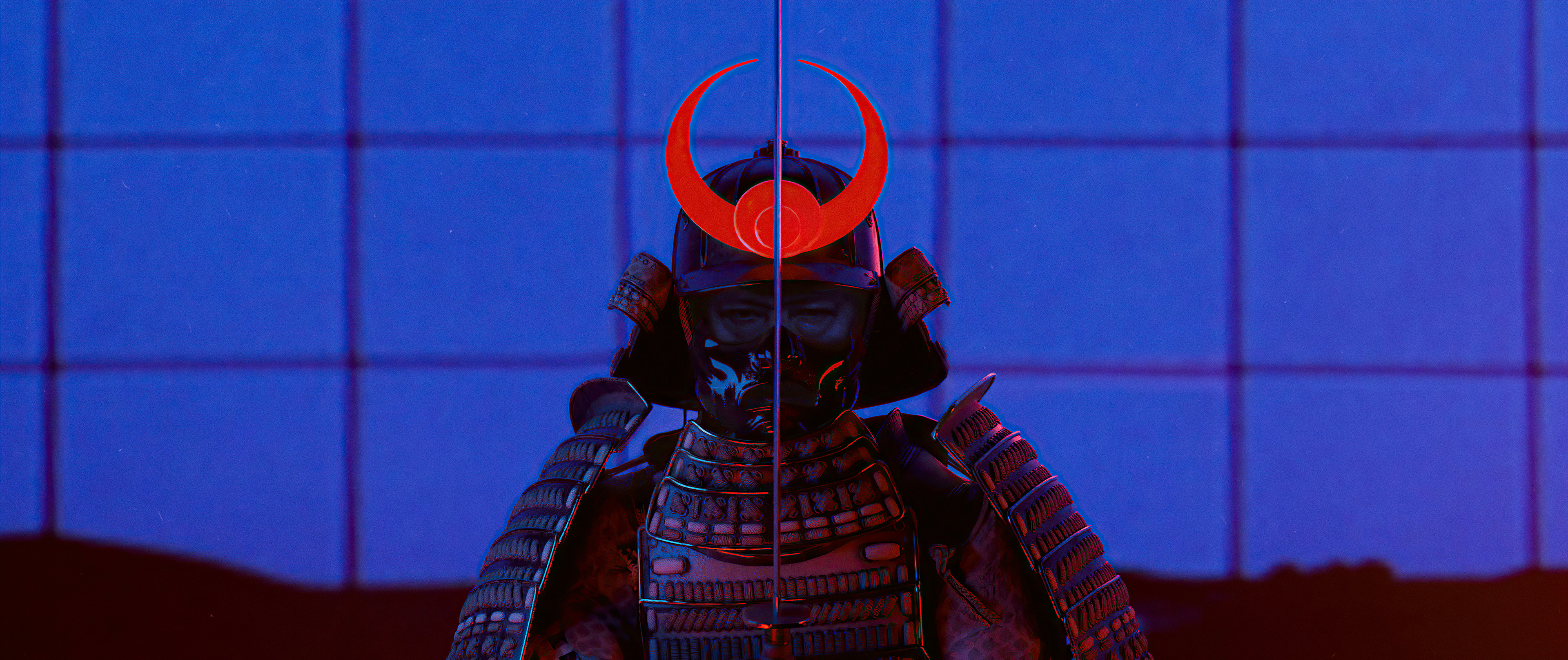Shogun
Only a fool would dare challenge the might of the Shogun, for he is the strength and will of our people and to face him would mean certain death - Cautious Samurai
Qualifications
- Must be a Daimyo
- Has military training
- Knows military strategy
- Must be Kenjuese
Requirements
- Must be a member of Kenjuese nobility
- Must have a claim to gain the right of becoming Shogun
- Can be apart of the ruling family of the current Shogun
Appointment
The title of Shogun is inherited by a family member of the previous Shogun often to a sibling or a child, if that family is removed from power, then the Daimyos must elect a new Shogun amongst themselves. It will often be someone who has proven themselves worthy of the title or has great political power. Where they will go though a ceremony known as the
Duties
- The Shogun rules over the shogunate with an iron fist with all obeying the laws under him.
- Maintaining order within the nobility to ensure that unrest does not follow
- Keeping the peace within the Shogunate from internal and external threats
Responsibilities
- Governing the entirety of the Shogunate
- Collecting taxes from the nobility
- Maintaining the military
- Enforcing all laws that the shogunate follows
- Ensuring the best interests of the Kenjuese people and the state
Benefits
Military Control: The Shogun is the supreme commander of all the armies of the shogunate and if they are given an order by them then they must obey.
Political Powerhouse: In politics, the Shogun has the most power over all others and the Daimyos below him must obey. Including when military matters, laws and decrees are declared by them.
Seat of Power: All Shogun rule from the capital of Itsumatso where they will reside in the Katsitu Palace where live in for the rest of their days.
Personal Aids: The Shogun has access to many individuals to help them in their day to day life from servants to advisors to help them in their day to day life.
Treasury Access: The shogunate’s treasury is at their disposal where they will use it to spend on needs of the state or personal use.
Accoutrements & Equipment
Shoguns often wore a traditional kimono with the family crest of their clan on their back with elaborate designs on it. Along with receiving finely crafted weapons and armor with the shogunate’s seal on them for military and ceremonial use.
Grounds for Removal/Dismissal
A Shogun who is considered weak or injured beyond recovery will be removed as they show weakness which cannot be seen as a strong leader most rule. Often resulting them to step down or face a challenger to prove they are weak and are kill if they lose. The other option it to commit Seppuku to regain honor and die a dignified death.
History
The Great Unifier
Juzakabe Kenshin was considered one of the greatest warriors and leaders of the Kenjuese as he help unify Kenju under one banner and was given the title of Shogun to lead the Juzakabe Shogunate in an age of prosperity and honor for his people. Which he did as he lead his people into another age of war that his people only just escaped, but due to their warrior heritage he saw an opportunity to expand the shogunate and take advantage of the surrounding lands that were weak and divided. It was here that the Century of Fire would commence leading to an endless war of conquest to secure the shogunate's border and to solidify its dominance over the region. Creating an empire in his life that would be inherited by all those after him.Glorious Dominion
Under the rule of the Shoguns, the Kenjuese people created a vast empire that almost conquered the entirety of the Davad Archipelago in only the span of a few centuries creating a height of power that they had never before achieved in their history. Bring forth a golden age where their culture and way of life spread across the land and creating peace through military might and stern rulership over their people and those they had conquered. One that would last for over half a millennia before it collapsed from intolerance and ruin.Cultural Significance
Will of an Empire
The Shogun is the heart of the shogunate as the sole leader to decide the fate of his people. As only a strong leader can lead their people into a better future. All must obey their rule and show respect to their strength and will in serving the state. No one may refuse the orders of a Shogun or they will terrible consequences that will come with it. For they are the will of the nation that will guide it to prosperity and stability under them. Only a strong leader can make the right decisions to ensure the survival of their people and the continuation of their way of life.Embodiment of a People
The Shogun does not only represent power, but it embodies the entirety of the Kenjuese culture as a whole. For their culture is that of tradition and unity that moves them forward. It is in that reason why the Shogun is responsible for such a thing as it was a Shogun who united the people and gave them a empire where their culture thrives. It is also why other cultures that live under the shogunate despise the Shogun as their cultures are undermined in favor of Kenjuese culture.
Type
Nobility, Military
Status
Disbanded
Creation
345 CA
Form of Address
My lord
Equates to
Commander in Chief
Source of Authority
The nobility
Length of Term
Life
Related Organizations




Nice... love this bro... one of my favorite cultures